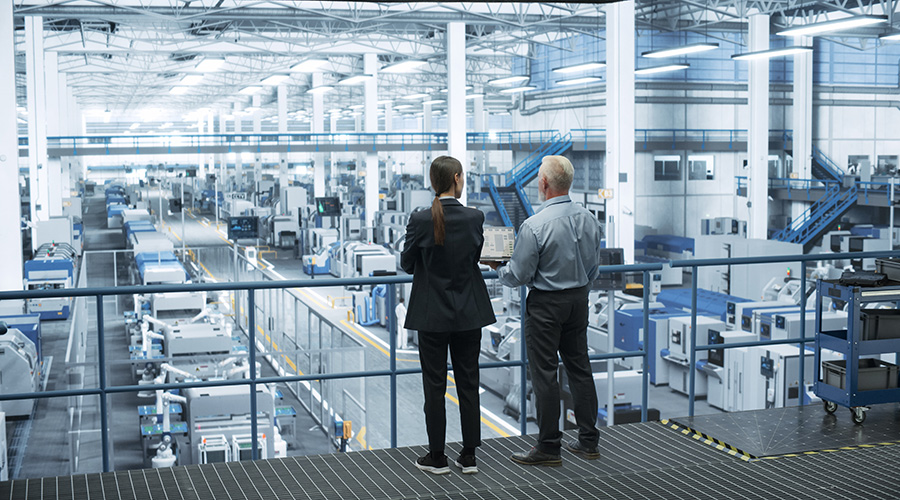Where Facility Managers Can Find Information, Guidance on Evaluating New Technology
While considering new technology options, facility managers can turn to numerous sources for information — much of it free or available at minimal cost.
Lindsay Audin, president of Energywiz Inc., recommends finding out who else might have tested a new technology. Audin suggests beginning with professional and trade groups such as ASHRAE, the Building Owners and Managers Association International (BOMA) and the International Facility Management Association (IFMA). Many have message boards, where queries are welcome.
Another source Audin points to are trade magazines and proceedings from professional conferences. While these may not always be free, the few dollars spent up front could save "a lot of money and possibly your job later on," Audin says.
For energy efficiency technologies, the New Technology Demonstration Program of the Federal Energy Management Program offers unbiased reviews and test reports on technologies being used at federal facilities.
"You can find tests of lighting, HVAC, motors, etc., on the site," says Audin. "And it's all free."
Other options include classes, webinars and books.
Rath turns to major utilities, particularly in California, for information. "When it comes to ozone reduction and energy savings, California is the most progressive market with the most incentives," he says.
Pilots and Partners
Another way to reduce the risks associated with new technology is to team up with federal programs. "Offer your facility as a demonstration site," says Audin.
Marriott currently is partnering with the U.S. Department of Energy in evaluating six occupancy thermostats in hotels in four cities. "We're about halfway complete with the pilot," says Rath. "We haven't seen yet how they manage cooling energy, which offers the largest potential savings." Before the thermostats were chosen, the manufacturers were thoroughly vetted. "We needed to make sure these thermostats had features our customers would benefit from," says Rath. For Rath, new technology needs to offer "an improved guest experience" along with other benefits such as energy savings.
Marriott is also a pilot partner in evaluating ISO 50001, an energy improvement process that has worked well in the industrial sector and now is being tried in commercial real estate.
SAP recently partnered with a company that installs light-sensitive glazing to showcase what the responsive panes could do. "The glass installer bore the full cost of installation," says Morgan. "It allows them to show how the glass senses light in and outside the building and tunes itself accordingly. So we are showcasing our facility and their product for a low risk."
Related Topics:














